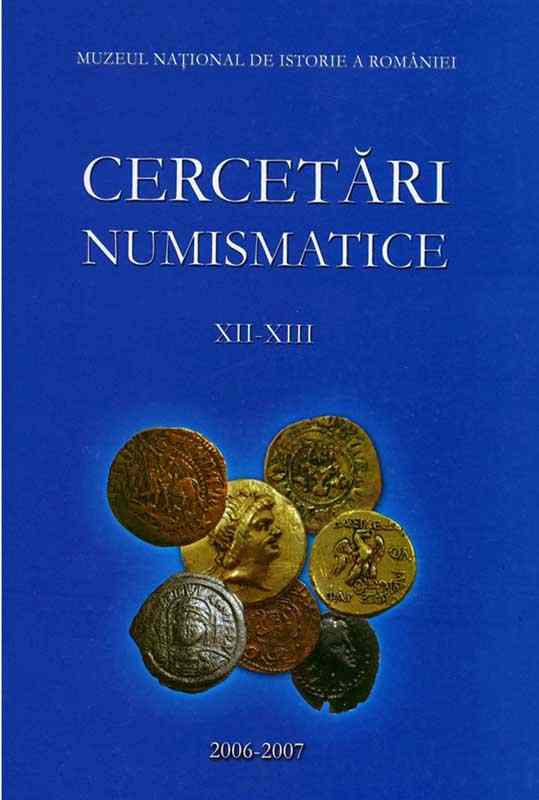
Folosirea obiectelor din metal preţios ca mijloace alternative de plată în Ţările Române (secolele XVI-XVII) - Plăţi mixte şi zăloage / Objects in Precious Metal as Alternative Payment Means in the Romanian Principalities During the 16th-17th Centuries: Mixed Payment and Pledges
| Autori |
|
| Secţiunea |
|
| Limba de redactare | română |
| Descriptori |
|
| Excerpt | Studying the sources concerning the structure of the princely, noblemen’s or rich tradesmen's fortunes from the Romanian Principalities during the 16th-17th century, one could remark their common pattern in containing an important proportion of their value in gold and silver jewelleries and wares or precious stones. This advantage given by jewelleries was that through processing, the precious metal was raising its value. At this could be added the fact that jewellery as a major social function, was displayed on important events, in comparison with the precious metal invested in currency (coins), which had a more elusive use. The jewelleries were used to obtain a series of loans; in many situations the creditor was keeping as guaranty the jewelleries taken from the debtor (usually the noblemen). The guaranties in object made from precious metal work also used in external commercial relationships, for those who couldn't pay on spot. Princes also used this guaranty when needing cash for some urgent payments, or simply for daily life needs while on a way. There were situations when, under pressure, some boyars were separated from his objects made of precious metal together with other valuable goods. A series of other documents from this period refers to some transactions in which the payment was made in goods (animals, crops, wine, clothing or even jewellery) and not in currency (coins), or was made in mixed ways. The situation is explained by the lack of currency on the market but also in the lack of monetary, especially in the case of persons involved in different transactions. In such transactions were used as jewellery objects: buttons, hair pins, necklaces made of golden coins, bracelets, rings or belts from precious metal, having usually an increased value and being sold or used in those transactions only as the last option. Usually, for purchasing estates, boyars were giving up a part of their jewelleries, preferring to invest in land. Analysing the chart 1, we can conclude that the majority of transactions where objects from precious metal were involved are to do with land acquisition. This is explained by the raise value of real estate in comparison with other goods which could have been bought and depending on how important was the land acquisition. In addition, that jewellery could be a reserve of precious metal at the disposition of the buyer, which could have been shown in different occasions for social prestige. In case of the great fortunes of 16th-17th century, the saving up of objects made of precious metal meant also taking out of circulation an important quantity of precious metal and lead to a less dynamic market, lacking monetary means. That is why, the accumulation of those jewelleries from precious metal was more an artificial wealth, the profit made as a result of commerce being transformed in treasury and not invested. The precious metal from the jewelleries and silver-plate had a passive role in the economy of that state, being especially used as a financial reserve and less as a quantity of precious metal in circulation. |
| Paginaţia | 423-434 |
| Descarcă fişierul | |
| Titlul volumului de apariție |


